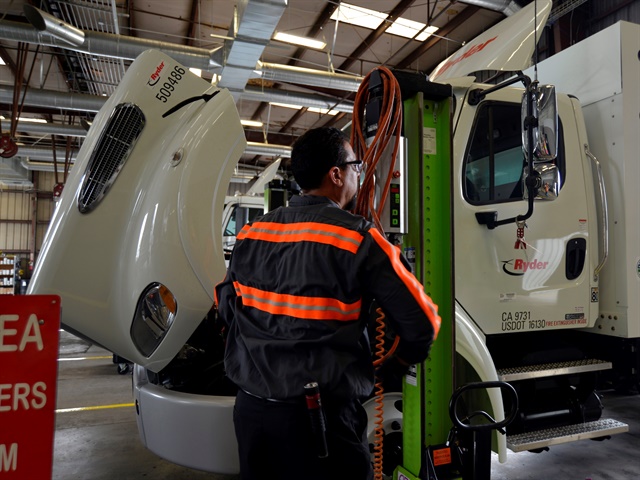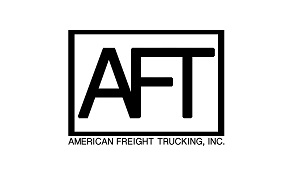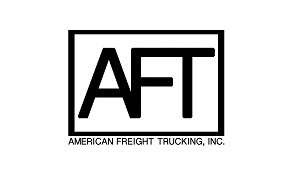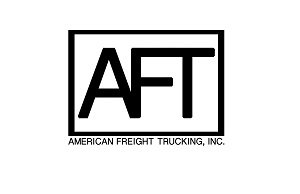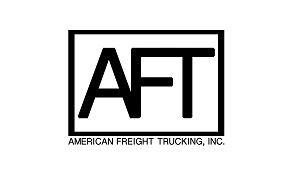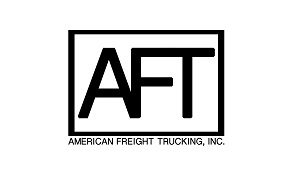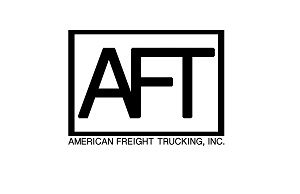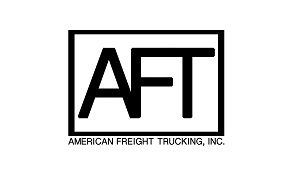Fleet Talk: Parts and Service Needs
Photo: Ryder
">Photo: Ryder
">A panel of fleet executives representing five vocations, 63,000 power units and 130,000 trailers shared their thoughts on what they need from heavy-duty aftermarket parts and service providers at the recent Heavy Duty Aftermarket Dialogue event in Las Vegas.
Stu MacKay, president of market-research firm MacKay & Co., moderated the discussion. He first asked the fleets to talk about their most significant maintenance challenge. Hands down, the answer was aftertreatment devices-- especially finding the right servicing interval. Lee Long, director of fleet services at Southeastern Freight Lines, said he took a look at the manufacturer's best practices and then adapted them based on his real-world experience.
For Gloria Piller, director of parts procurement for Swift, DPF maintenance is not an issue because in Swift's operations ash buildup is not severe. However, she said that the complexity of the electronics has resulted in her turning to dealers more frequently. In fact, dealer technicians work on site in Swift shops.
Roy Svehla, senior manager of fleet maintenance for waste-disposal firm Republic Services, said he has extended oil change intervals over 300% and switched to a semi-synthetic 10W-30 oil. “This helps fuel economy and the environment, but also helps with shop capacity since we are performing fewer PMs.” He added that he is “always looking for ways to push maintenance further,” but acknowledged that it is “a delicate balance.”
Tom Moore, senior vice president of the National Private Truck Council, said NPTC-member fleets are moving to more of a predictive maintenance model and are using data to better manage the buy-sell cycle. He added that there is a trend among private fleets to outsource maintenance, with 40% of NPTC members outsourcing the majority of their service work on top of the 40% of the members who lease their trucks and have ...Read the rest of this story
